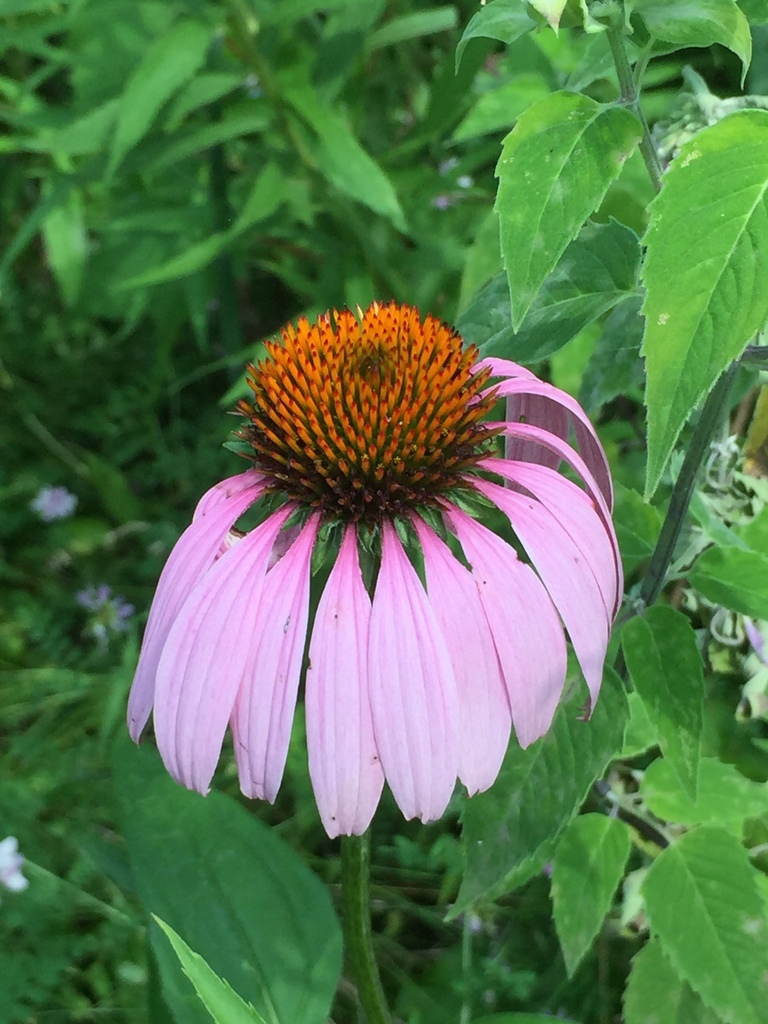Our spring newsmagazine featured Cliff’s top ten hidden gems of birding. Here is the fourth of a blog series on these birds, by guest blogger Ed Pope.
This bird is slightly larger than a cardinal. Its long tail is brown on top, while the underside is black and white. The top of its head and back are brown, while the belly and lower part of the head are white. The lower bill is a bright yellow.
Each spring, yellow-billed cuckoos migrate north from South America, where they can be found in every country except Chile. They breed in the Eastern United States, southern Canada, portions of Mexico and Caribbean islands. A small breeding population in the western United States has declined to a fraction of its size a century ago. The breeding population is estimated to be nine million, and 84% breed in the United States.
Their nests are usually found two to twelve feet off the ground in deciduous shrubs or trees. The usual clutch is four or five eggs. They have one or two broods per year, depending on the available food supply. Unlike European cuckoos, the yellow-billed cuckoo normally raises its own young, but will occasionally lay eggs in the nests of other birds.
Most of the yellow-billed cuckoo’s diet is insects, especially tent caterpillars and cicadas. It sometimes eats small lizards, frogs, bird eggs, spiders and berries such as blackberries and elderberries. Fruit is a larger part of the diet during the winter.
Yellow-billed cuckoos are usually hard to spot, since they do not have bright plumage and often sit quietly while they watch for their prey. However, the “knocking” call of the yellow-billed cuckoo is quite distinctive. These rolling, guttural calls can alert you that one is near.
With the emergence of Brood X cicadas, this is a great time to look for yellow-billed cuckoos at Blossom Hollow, where these periodical cicadas are plentiful. Burnett Woods is another place where yellow-billed cuckoos have been found. Below is a video depicting their unique call.

Ed Pope
Guest Blogger